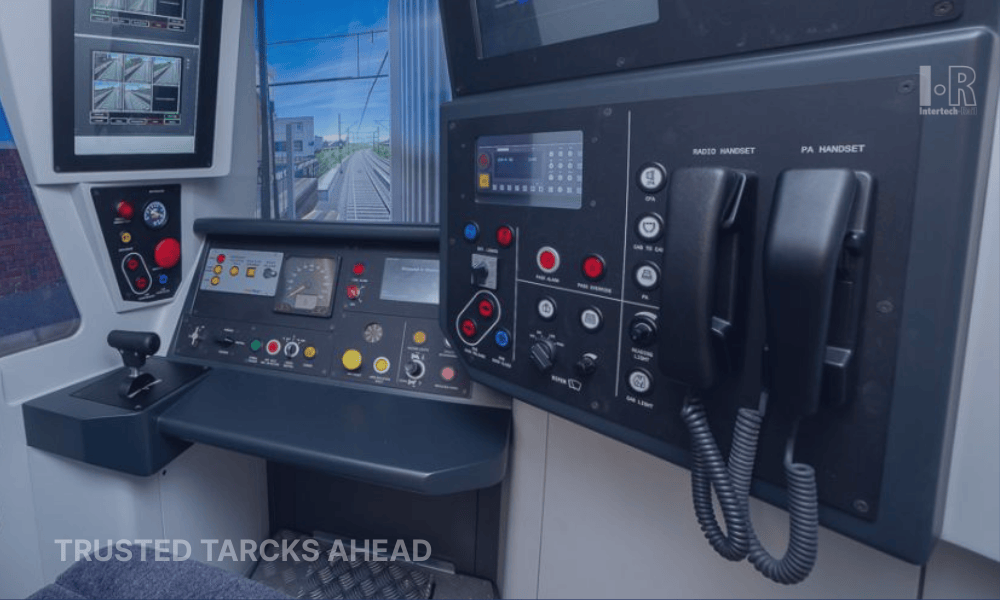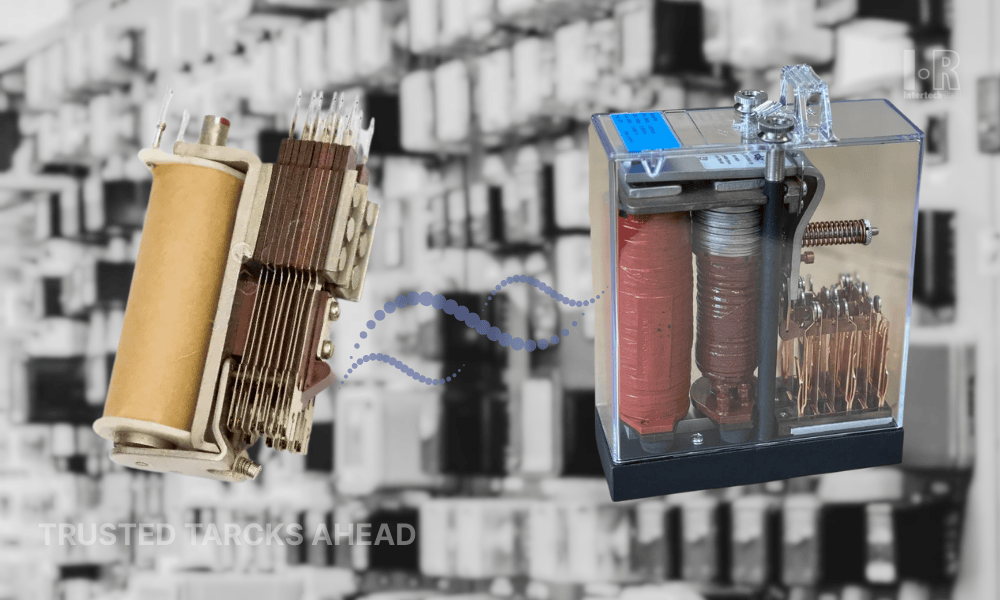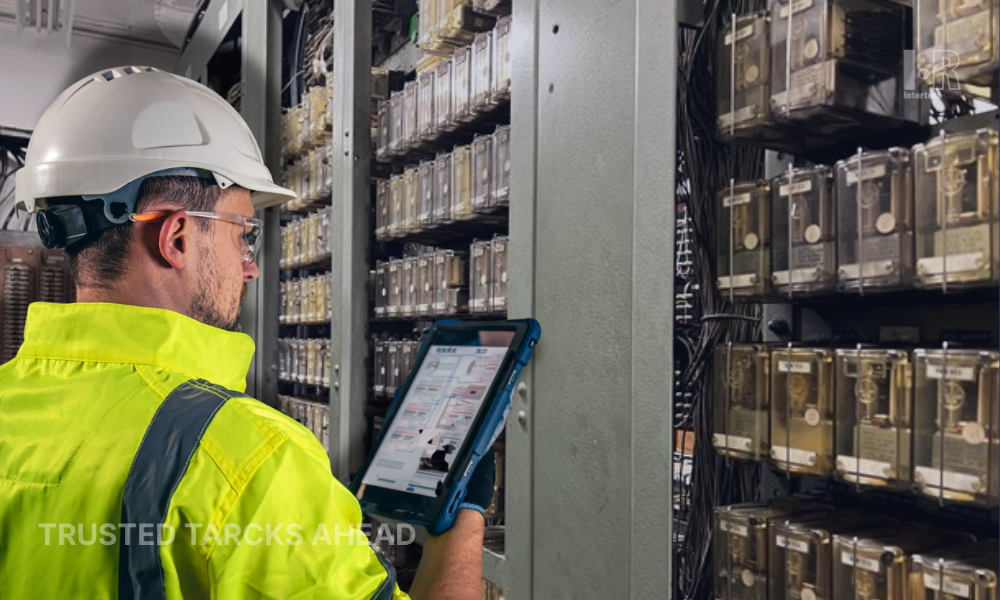Railway Communication Protocols
Railway Communication Protocols: Standards and Technologies for Safe Train Operations

Fundamentals of Railway Communication
Every safe train movement depends on communication. Drivers, dispatchers, and signaling equipment exchange information constantly. Without these links, even the best infrastructure cannot guarantee safety. Older systems, analog radios, or telegraph lines worked for their time, but they were never designed for today’s dense networks. Modern rail needs fast, standardized, and interoperable railway communication.
From Simple Voice to Digital Standards
For decades, a radio voice was enough. A driver could call the control center, but data transmission was minimal. Interoperability across borders was even harder—each country had its own rules. Europe’s answer was
GSM-R. Based on the GSM mobile standard, it created a secure way to connect drivers and dispatchers and added channels for data, such as ETCS train control messages. At the same time, the Train Communication Network (TCN) standardized onboard links, making sure that brakes, traction, and passenger systems spoke the same “language.” Together, GSM-R and TCN set the stage for digital train operations.
How These Protocols Work in Practice
The goal is always the same: safety messages cannot be delayed or lost. To achieve that, protocols use:
- Priority for commands like “apply brake.”
- Redundancy, so if one channel fails, another takes over.
- Standard formats that different suppliers can follow.
In the field, this means a driver can call the signaler directly through GSM-R, or a braking command sent through the cab desk reaches the train equipment via TCN in milliseconds.
The Push Toward 5G Railway Communications
GSM-R has been reliable, but networks are aging. Some operators already face spectrum limits, and commercial GSM is being phased out. This opens the door to
5G railway communications.
Why 5G?
- It carries more data, enough for diagnostics, video, and predictive maintenance.
- It cuts latency, which helps automation.
- It allows “slicing,” where safety traffic stays separated from passenger Wi-Fi or infotainment.
Trials in Europe and Asia show strong results, but rollout will be gradual. Many fleets will run GSM-R and 5G side by side for years.
Integration Across Systems
Communication is not a stand-alone layer. It connects directly to:
- Signaling systems like ETCS and CBTC.
- Onboard networks (TCN, ETB, ECN) linking all train subsystems.
- Monitoring tools that need constant data from the rolling stock.
When these systems align, operators can run closer headways and improve both safety and capacity.
Practical Challenges
Switching protocols is not simple. A few real-world issues:
- Legacy fleets with GSM-R radios are still in service.
- Regulatory hurdles to allocating spectrum.
- Cybersecurity risks as systems move to IP-based links.
- The high cost of replacing equipment over thousands of kilometers.
In practice, operators balance continuity with innovation, keeping GSM-R active while preparing for 5G migration.
Industry Perspective
The direction is clear.
Railway communication
is moving toward data-driven standards. GSM-R
remains a backbone today, TCN keeps trains internally connected, and 5G railway communications
are being tested for the future. The reason goes beyond safety. With better communication, trains can run closer together, use infrastructure more efficiently, and offer better service to shippers and passengers alike.
From analog voice to GSM-R, from TCN to 5G, railway communication has evolved step by step. Each stage responded to higher traffic and stricter safety needs. The next decade will be about transition. Operators must keep legacy systems reliable while investing in future-proof protocols. Communication will remain the invisible backbone of safe train operations, only now, it also drives efficiency and competitiveness.




